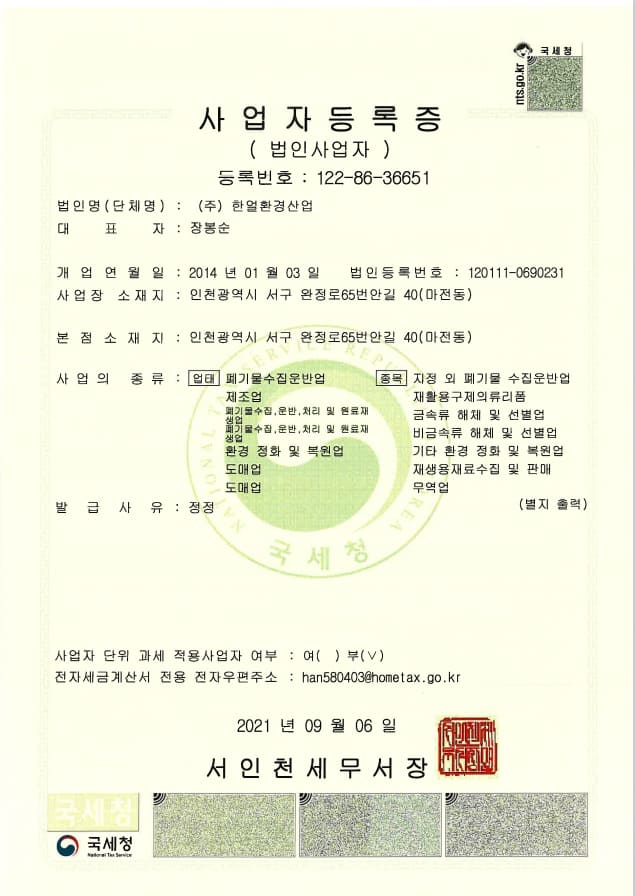- Home
- Our Business
- Resource Regeneration
Our Business
Business
Resource Regeneration
Hanol Environmental Industry researches the circular structure of recycled resources, promoting the reuse and reproduction of materials to enhance resource efficiency and pursue low carbon. We comprehensively manage waste from residential complexes and businesses, providing documentation of the recycling results
Fiber Recycling
Expanded Polystyrene Recycling
Paper Compression
Plastic Shredding
Metal Compression
Environmental Technology Research
Fiber Recycling
Hanol address environmental issues arising from the incineration and landfill of waste textiles by finely shredding non-reusable clothing and fibers. Through recycling processes, we transform them into regenerated fiber. Additionally, we actively engage in various textile recycling initiatives, such as dedicated platforms for repairing, reselling, and donating used clothing, and operating an eco-friendly brand that reuses discarded textiles. These diverse efforts contribute to a 60-70% reduction in carbon emissions.
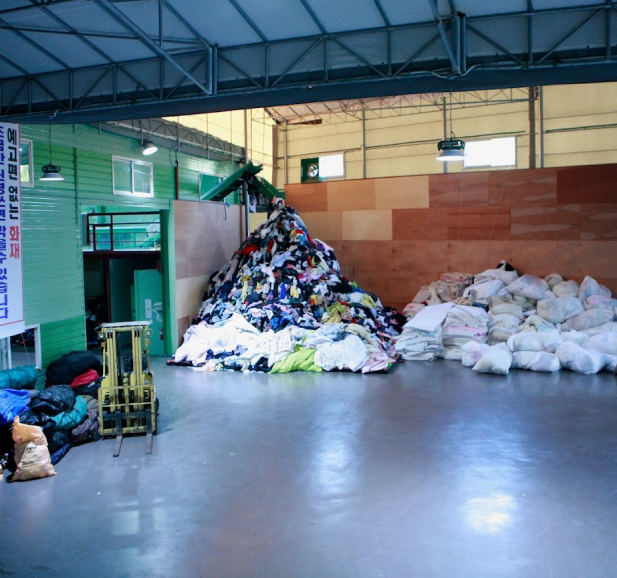

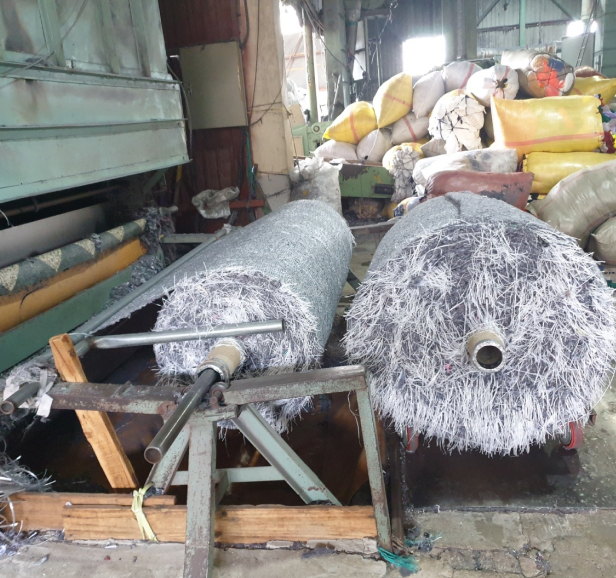
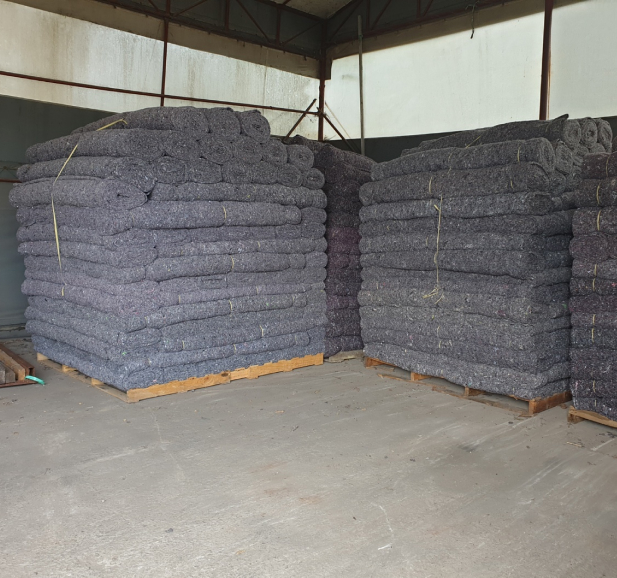
Expanded Polystyrene Recycling
Expanded Polystyrene (EPS) is recycled into ingots and pellets to produce a variety of recycled products such as synthetic wood for construction, frame moldings, bathroom stepping stones, and more. Hanol has invented an EPS densifier that can produce ingots with better quality and various forms.

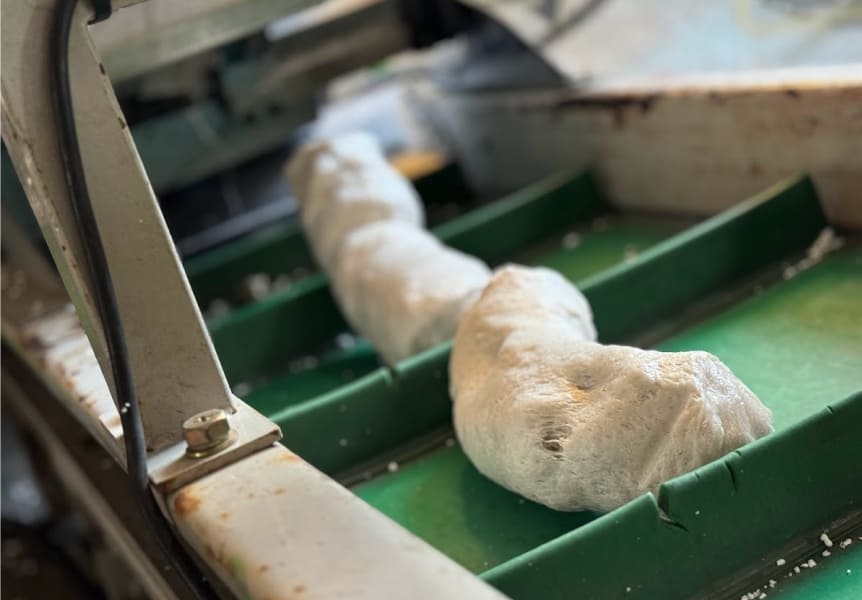
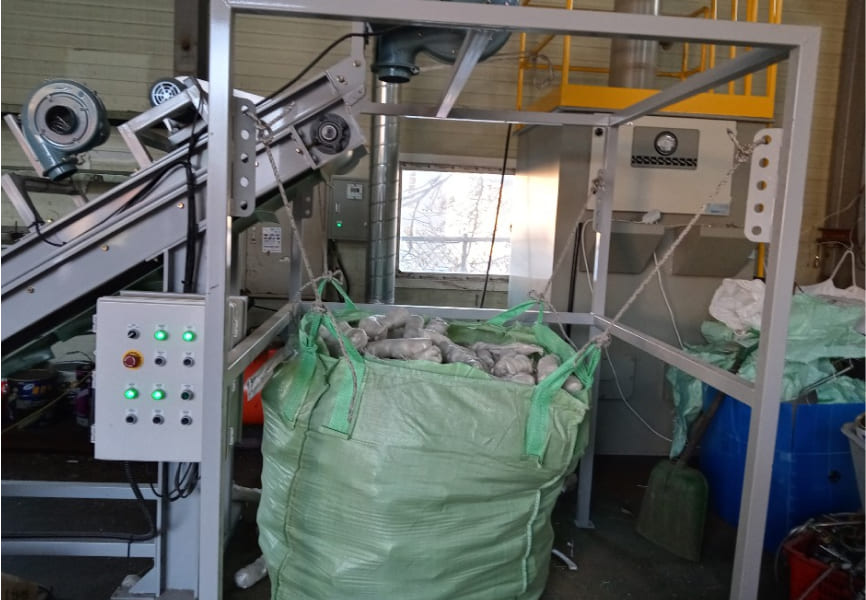
Paper Compression
Expanded Polystyrene (EPS) is recycled into ingots and pellets to produce a variety of recycled products such as synthetic wood for construction, frame moldings, bathroom stepping stones, and more. Hanol has invented an EPS densifier that can produce ingots with better quality and various forms
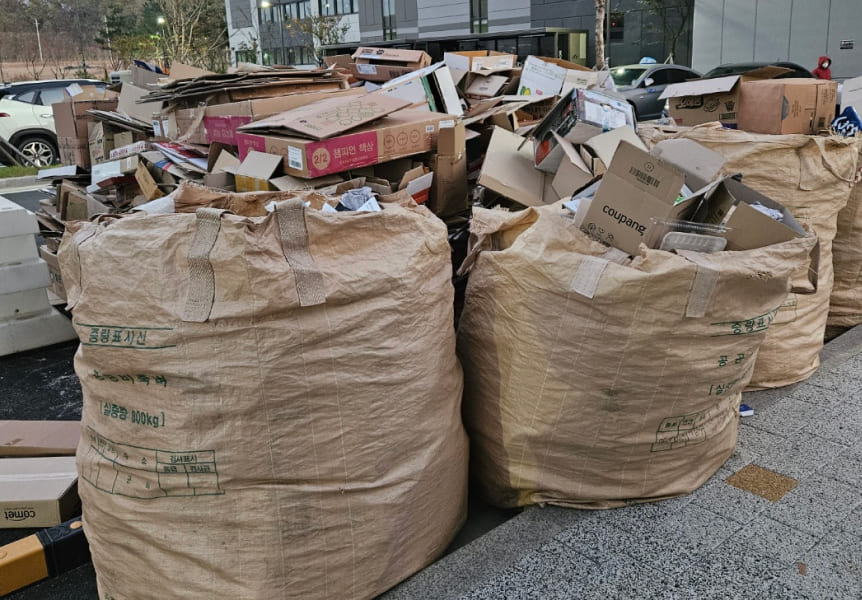
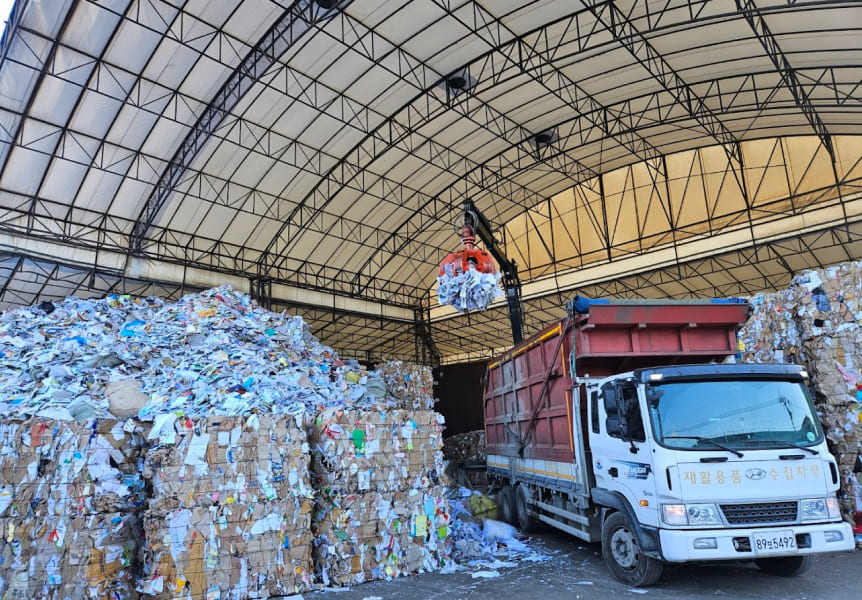
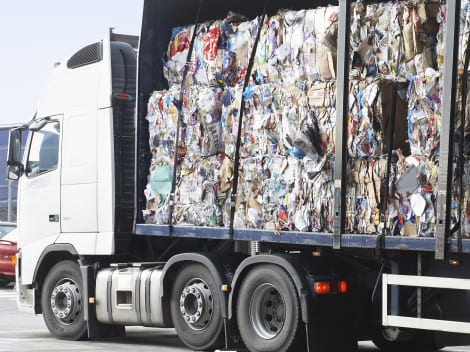
Plastic Shredding
Hanol contributes to the reuse of plastics by collecting and separating various plastic products through a process of compression. Utilizing our expertise, plastics such as PET, PP, and PS, which have been separated, undergo multiple stages of recycling. In the case of PET, a majority is transformed into non-woven fibers, which are then used as filling material in items like blankets, automotive interiors, cushions, and more. Transparent PET of high-quality serves as raw material for yarn production, contributing to the creation of recycled clothing. Additionally, Hanol operates an upcycling fashion brand using recycled PET bottles, actively participating in various environmental campaigns.
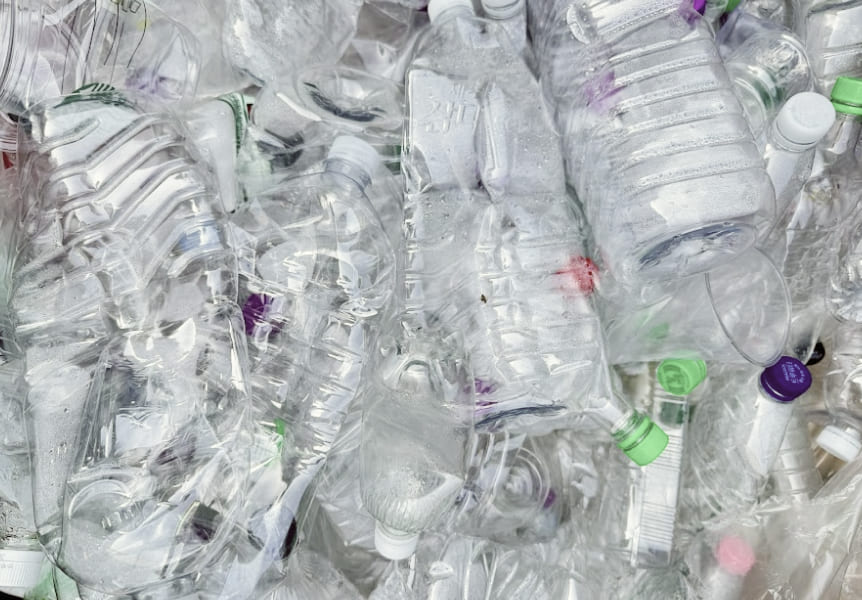
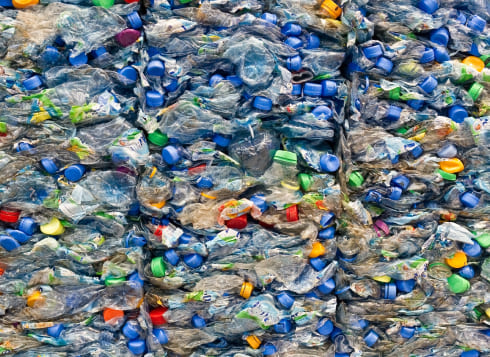
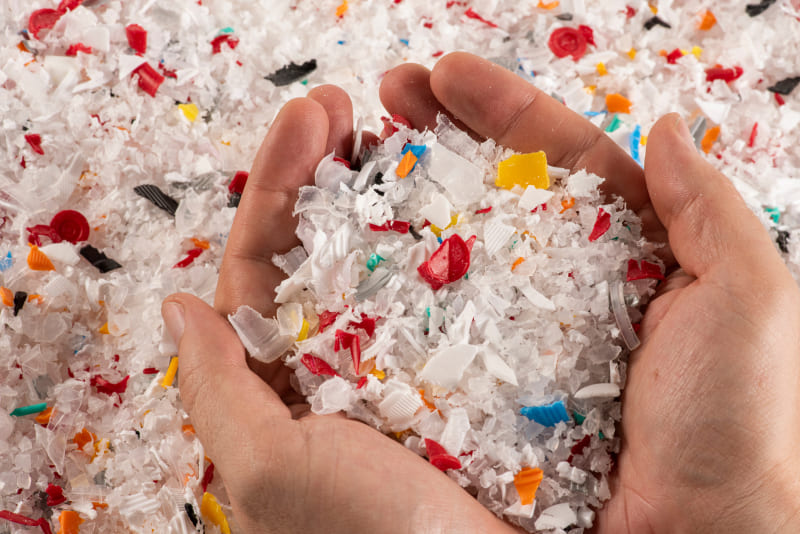
Metal Compression
On average, out of the 600 million cans used annually, approximately 20% are aluminum cans, and 80% are steel cans. The energy required to obtain aluminum cans from ore is 26 times that of recycling aluminum cans.
Hanol collects metal and cans, subjects them to a separation process, compresses them into a specific volume, and sells them to steel companies. The sorted materials are then transported to steel factories to be used as raw materials for steel production and various machine components. Hanol’s process involves a patented application for ‘efficient sorting of recycled metals using self-powered conveyors and consistent automated sorting devices.
Hanol collects metal and cans, subjects them to a separation process, compresses them into a specific volume, and sells them to steel companies. The sorted materials are then transported to steel factories to be used as raw materials for steel production and various machine components. Hanol’s process involves a patented application for ‘efficient sorting of recycled metals using self-powered conveyors and consistent automated sorting devices.
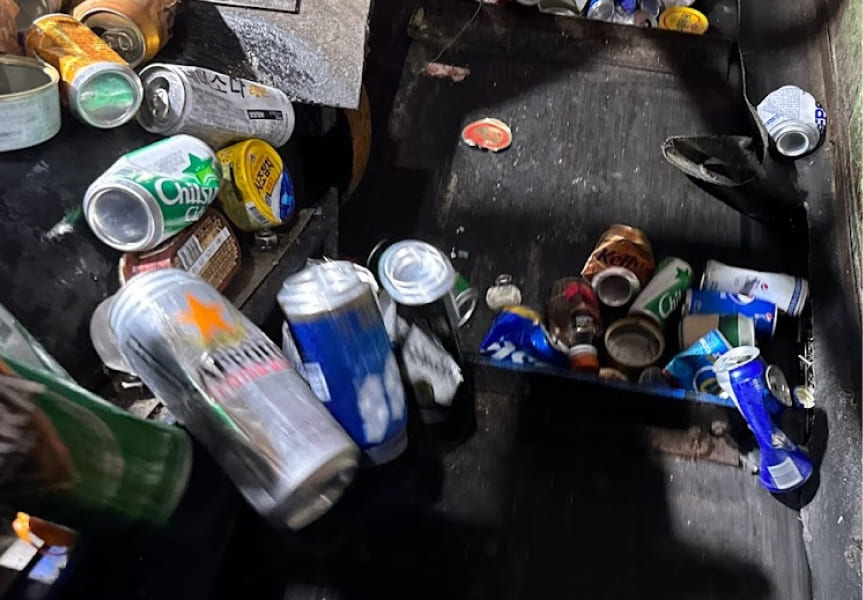
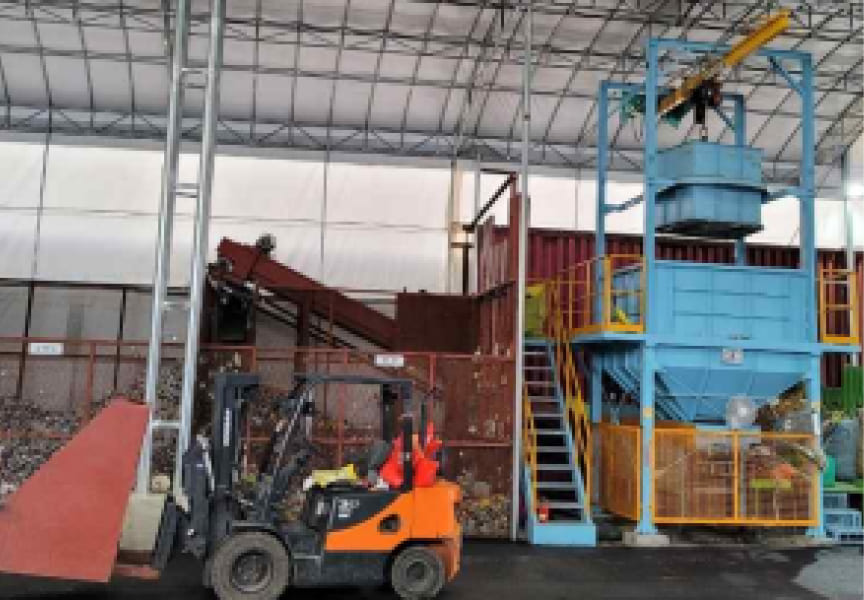
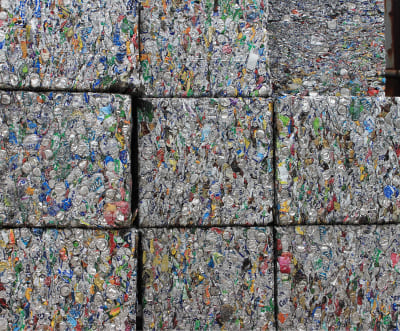
Environmental Technology Research
Hanol has established an in-house research laboratory dedicated to addressing a wide range of environmental issues. The laboratory conducts extensive research in recycling technology, Environmental business strategy, recycling product development, and upcycling brand initiatives, all aimed at advancing the environmental industry.
We recycle over 95% of incoming resources with in-house waste recycling methods. Going forward, our commitment includes actively engaging in eco-friendly research, focusing on carbon reduction, resource circulation, and developing non-chemical, human-friendly recycling methods.
Research on Environmental-Friendly Recycling Methods


Prototype Development
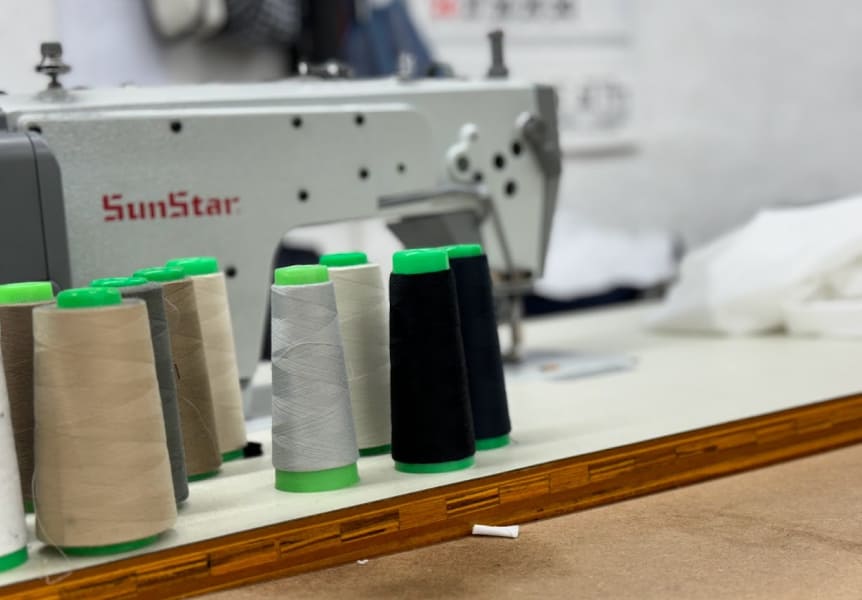
Technology Patents
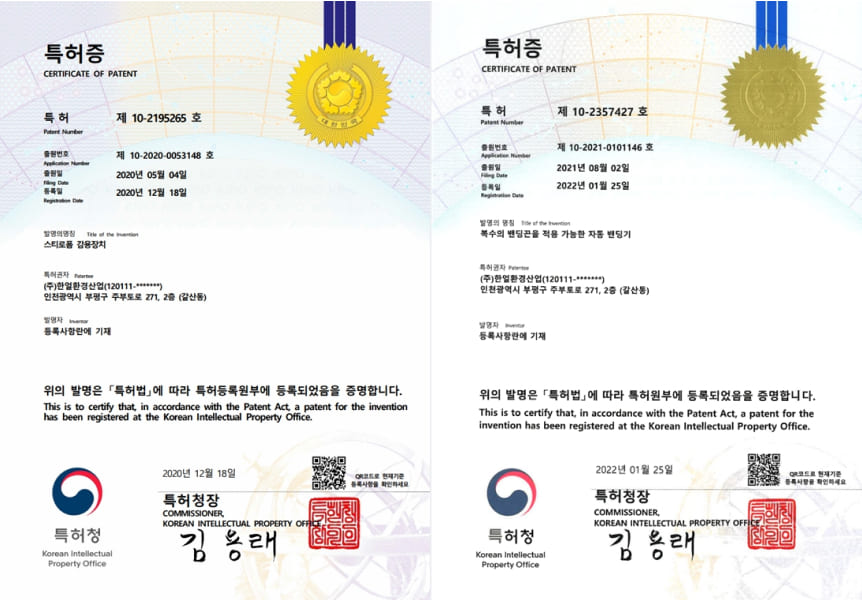
Process Improvement
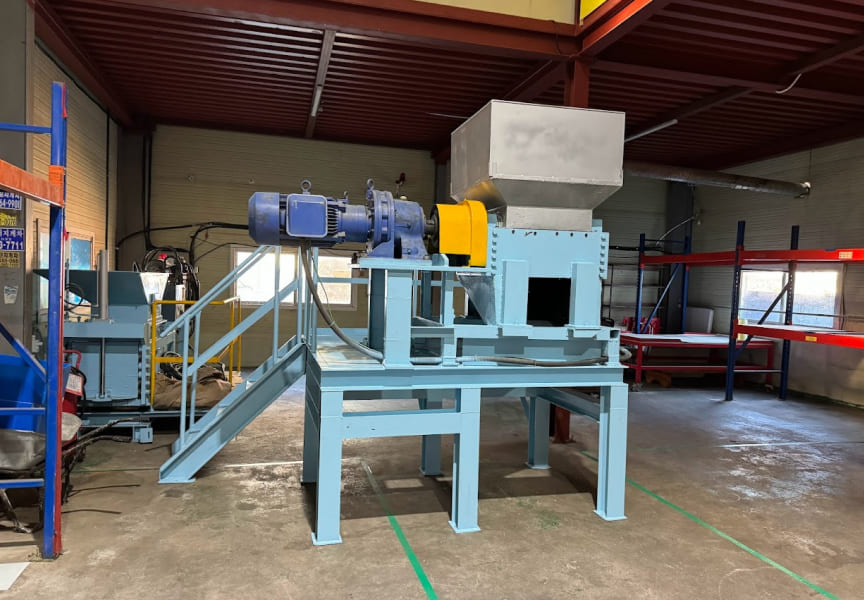
Participation in International Exhibitions

